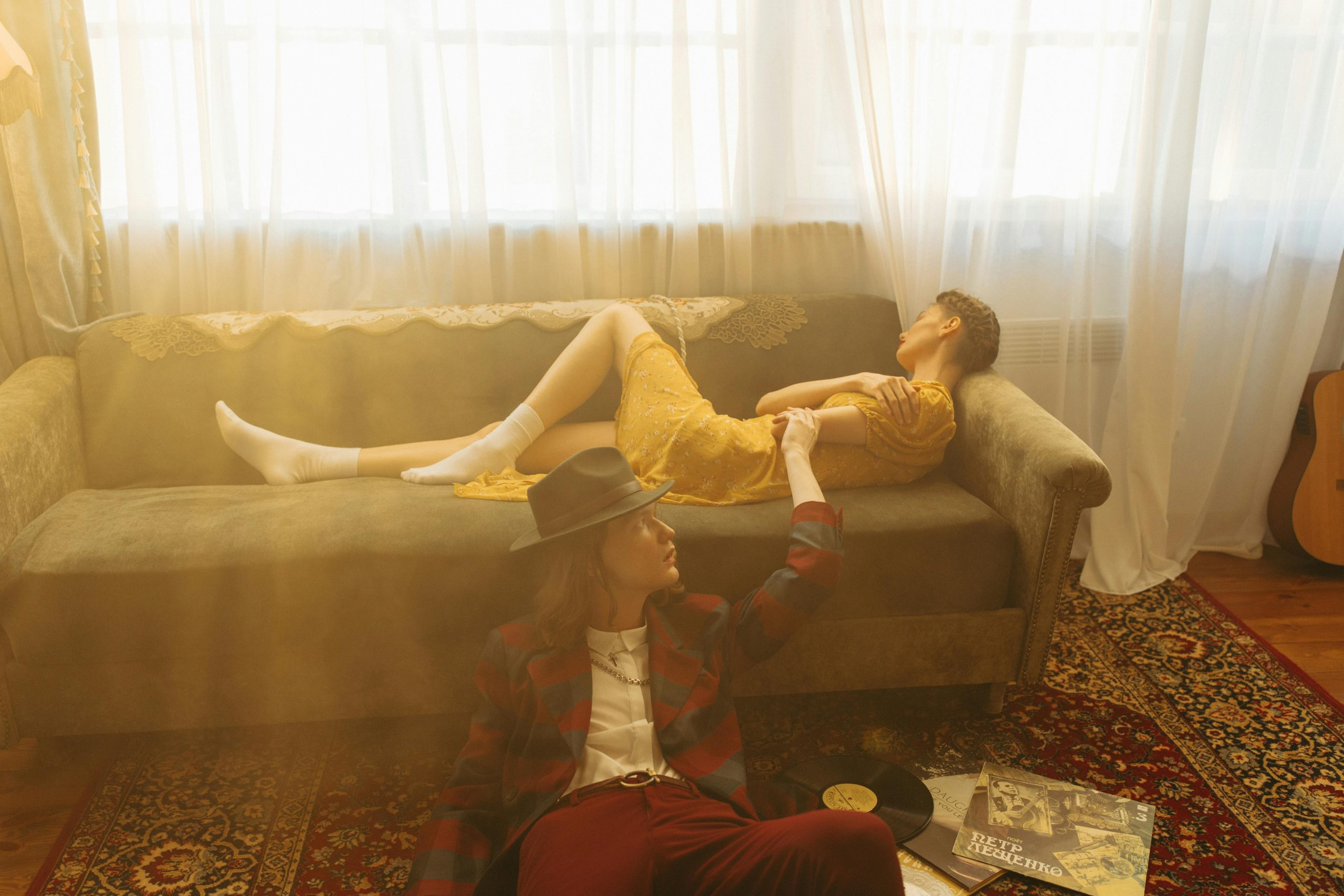The powerful connection between music, subcultures, and style
The connection between music, subcultures, and style is a powerful one. For decades, we have seen how different music genres have influenced the way people dress and express themselves. From the leather-clad rockers of the 1950s to the punk movement of the 1970s and the hip-hop fashion of the 1980s, music has continuously been intertwined with subcultures and fashion. In this article, we will explore the strong bond between music, subcultures, and style and how it has shaped the cultural landscape.
History of Music and Style
Music has always been a reflection of the times. It reflects the social, political, and economic climate of a particular era. Along with music, subcultures emerged that were defined by their unique fashion choices. In the 1950s, rock and roll music became popular, and with it, the classic “bad boy” leather jacket, tight jeans, and greased-back hair became the iconic style. This rebellious look became the uniform for fans of rock and roll music, creating the first connection between music and subcultures.
The Rise of Subcultures
In the 1960s, the world saw an explosion of subcultures, with different genres of music emerging and bringing their unique style with them. The hippie movement, influenced by folk and psychedelic rock music, rejected mainstream fashion and embraced a more carefree and natural style. Tie-dye shirts, bell-bottom jeans, and flower crowns became the symbols of the hippie subculture.
The Punk Era
As the 1970s rolled in, so did the punk movement, a genre of music that was characterized by its loud, aggressive sound and rebellious attitude. The punk subculture rejected mainstream fashion and instead embraced a DIY aesthetic. Safety pins, ripped clothing, and heavy eyeliner became the signature look of the punks. This subculture’s anti-establishment beliefs were reflected not only in their music but also in their style.
Hip-Hop and Streetwear
In the 1980s, hip-hop music became mainstream, and with it came a new style that influenced fashion worldwide. The hip-hop subculture embraced baggy clothes, baseball caps, and flashy jewelry. This style soon became popular in the mainstream fashion world, with brands like Adidas and Puma tapping into the market. The connection between music and fashion had never been stronger, and it paved the way for the rise of streetwear, a style that is still prevalent today.
The Present Day
Today, music continues to have a significant influence on fashion. Subcultures like emo, goth, and grunge all have their unique styles, defined by the type of music they listen to. But even mainstream fashion takes cues from music. Artists like David Bowie, Madonna, and Prince have all been fashion icons, and their bold, avant-garde styles have influenced fashion and popular culture for decades.
The Digital Age
In the digital age, the connection between music, subcultures, and style has become even stronger. With the rise of social media, it’s easier than ever for subcultures to connect and influence fashion. YouTube and Instagram have given rise to subculture influencers who have a significant impact on fashion trends worldwide. Music festivals like Coachella and Glastonbury have also become fashion showcases, with attendees showcasing their unique style, often inspired by the type of music they listen to.
In Conclusion
The powerful connection between music, subcultures, and style cannot be denied. It has shaped fashion and cultural identity for decades and will continue to do so in the future. Music and fashion will always be intertwined, with one influencing the other in a continuous cycle. So next time you put on your favorite outfit, think about the music that inspired it, and remember the strong bond between music, subcultures, and style.









